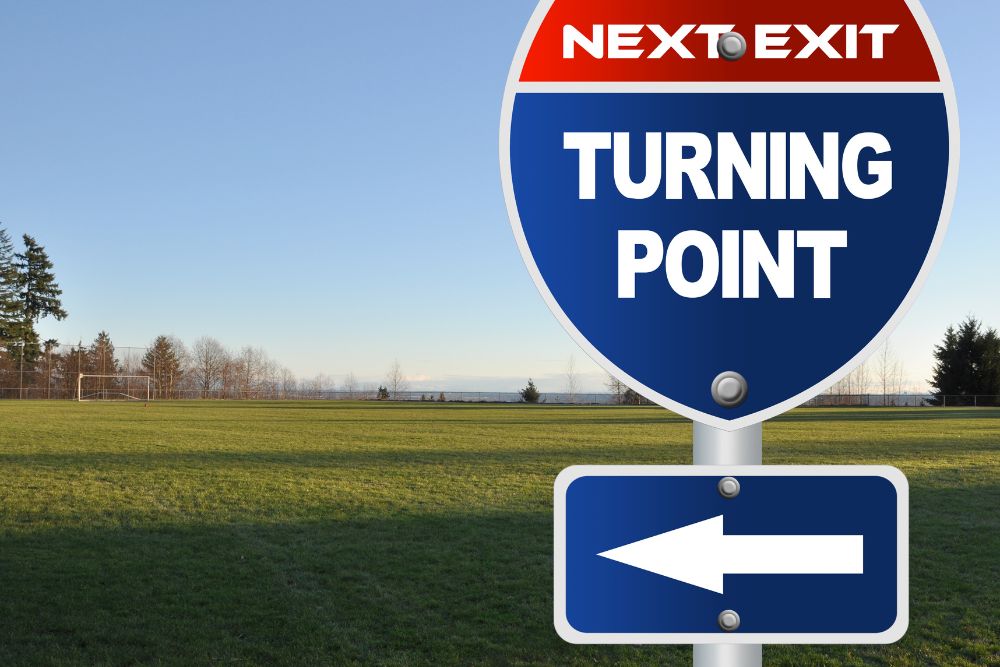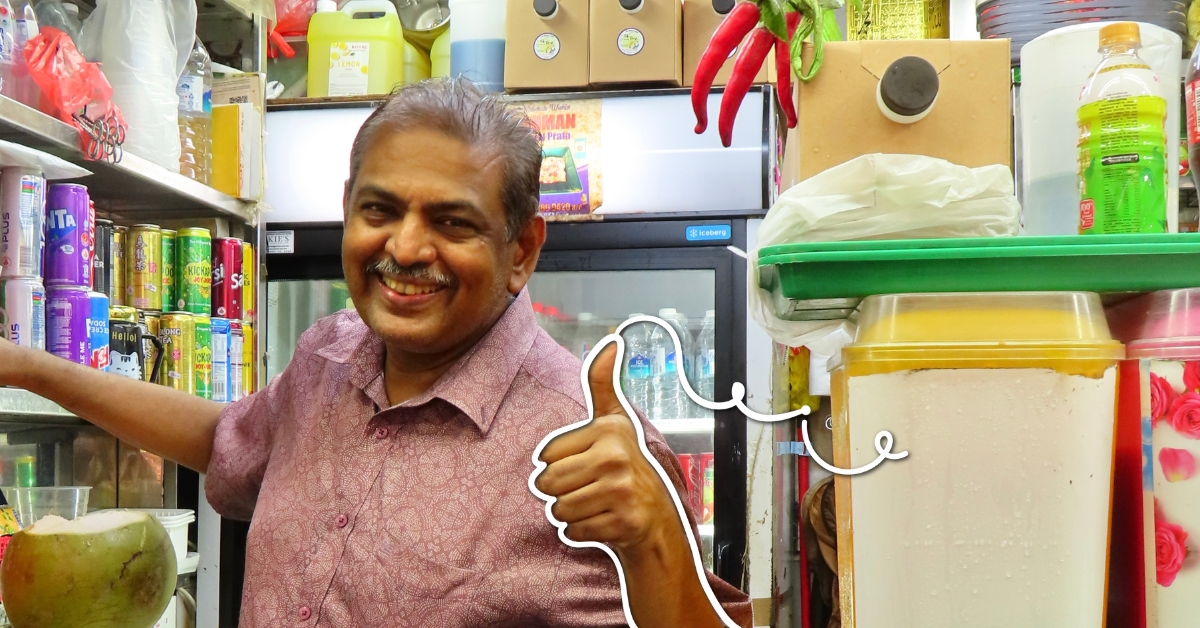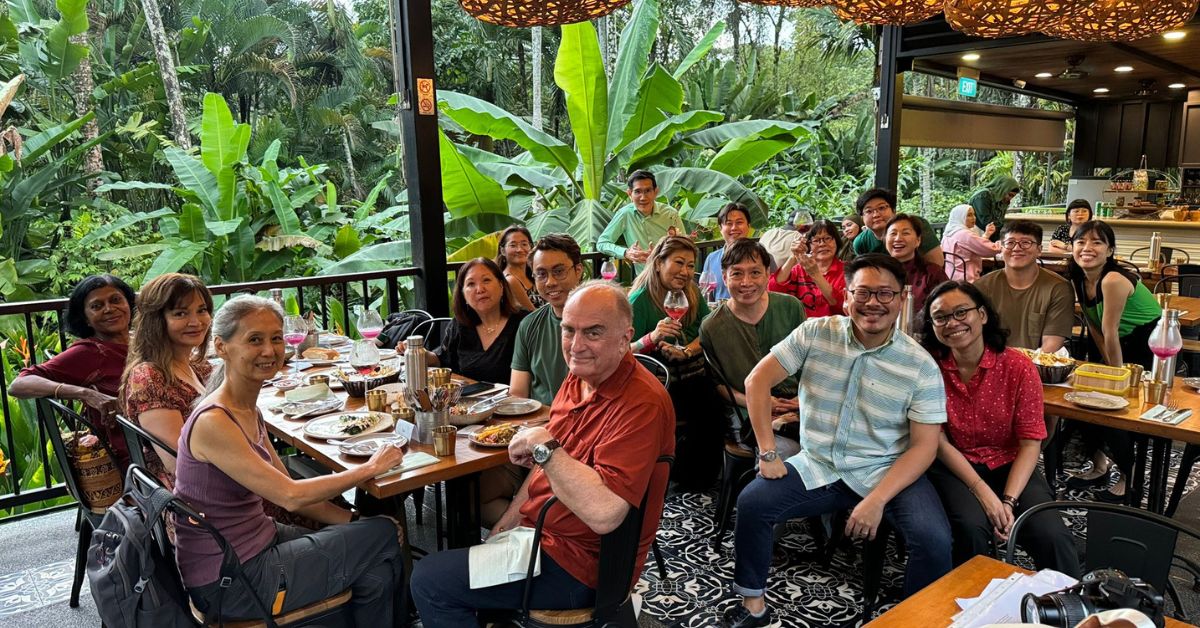
Mylo, our family beagle, died. He was about 10 years old (70 years in human age).
Friends who love dogs looked at me with great concern and asked, “Was he sick, was it an accident?”
Mylo had an outer ear infection which turned necrotic. Flies were buzzing around him. After about four vet visits over five weeks, we decided not to prolong the agony, and put him down.
A concerned vet was indignant.
He gave us an earful: We could have done an ear operation, sliced off the necrotic section and Mylo could have lived to a ripe old age.
Advertisement
This incident brought me back to thinking about my own mortality:
- When is the best time to let go if I had a terminal disease?
- Could I choose a time to die?
- How do I ensure not to prolong the dying process in case of terminal illness?
But this is what weighed most heavily on my mind: Do I always have the last say on my life?
Being dead is easy, Dying is not

I remember my father telling me this. “Dying is not as easy as saying that you want to die and just turning over in your bed to sleep forever.”
To start with, euthanasia is illegal in Singapore.
According to The Guardian, Dutch authorities have reported a threefold increase in euthanasia and assisted suicide since 2002. I’m sure that with an aging population, this figure will grow.
The problem for regulators and health authorities must be to ensure that there are no issues of abuse since the costs associated with looking after the aged are high.
Not to come across as morbid, but I’ve decided to look at the practical aspects involved to ‘finish the race’ well.
I remember receiving an update on social media from someone who had passed away a few months earlier. The social post read that Mr Tan was celebrating his 30th work anniversary and to congratulate him. That was just creepy.
Things to do, in preparation
Here’s a partial checklist of things to take care of — Close all digital accounts.
Google has Inactive Account Manager which allows users to decide on an inactivity waiting period of between three and 18months, after which a message will be sent to your nominee. They can only access what you choose and this ranges from photos to email to calendar, blogs, gdrive and also google pay.
Apple users can set up legacy accounts to allow one person to access data including photo and file apps, but not passwords.
I find that Facebook has an interesting approach to this in that your legacy contact can memorialise the account by putting ‘remembering’ next to your name so friends can share memories on the memoralised timelines. So the role extends beyond just deleting the account.
Instagram approaches it slightly differently although both are owned by Meta. While the word ‘Remembering’ is allowed, no one can add photos once the account is in ‘Memorialise‘ mode.
Singpass now has a Legacy Vault which is called MyLegacy@LifeSG. Your Lasting Power of Attorney (LPA) is stored here and I note that there are sections for Advance Care Plan, CPF nomination, Will and Funeral Planning.
Singapore acronymns for Death Planning Do Not End at CPF

It appears that Singapore’s love for acronyms does not end at the CTE, CCA or COE.
Having some experience with family members who’ve passed on, there are quite a number of misnomers when it comes to managing death.
- LPA or Lasting Power of Attorney
With the LPA doc, you nominate two persons who will make decisions regarding property or finance for you, when you can no longer do it.
While making a nomination is a simple, the process to get it legally registered can be confusing. A lawyer has to verify your LPA and the fee for the work ranges from $80 to $200. Unfortunately, there’s no guidance on fees.
- AMD or Advanced Medical Directive
An Advance Medical Directive (AMD) is a legal document that one signs in advance to inform the doctor (in the event of terminal illness and unconsciousness) that one does not want any extraordinary life-sustaining treatment to be used to prolong your life.
There are now 10 types of forms from ‘Making an AMD , Revocation of AMD, Certification of Terminal Illness by a Committee of three specialists’. We really need one form to ‘rule them all’.
- DNR or Do not Resuscitate
DNR is a term generally used by doctors in Singapore to indicate that should the situation arise, three things are not to be done: There will be no chest compressions performed; no intubation; and no mechanical ventilation.
- Advance Care Planning (ACP)
The ACP process allows you to choose how you wish to be looked after when you’re not able to make decisions on your own.
READ ALSO:
Why should I make a will?
Be Warned: Things Can Go Sideways, Terribly

I’ve faced a few situations which haven’t gone well because of the inadequacy of these various forms. Let me explain.
- When a person has had a stroke and is not cognitive, as in the case of my friend’s father, getting three doctors to certify that we can go through the AMD, added to more familial pressure.
- A DNR does not work at the point of a sudden incident such as a road accident or heart attack. This was the case that my father faced. If you call the ambulance, the first thing they are duty-bound to do is ‘save the patient’ . This is a hard decision and there’s a lot of panic. In the end, it prolonged my father’s ‘death’ by two years during which time he was non-cognitive.
- In my opinion, the ACP is a must-do. One has to give answers to a questionnaire that covers points such as
- How do you want to be treated when you’re no longer able to make decisions for yourself?
- Do you want to still be fed when you can’t make that decision on your own?
Unfortunately there is not enough emphasis on the ACP at the moment. There is also an interview process with a certified ACP facilitator before the document goes to the National Electronic Healthcare Record (NEHR).
I wish all these documents could be part of the Singpass app. It would make documentation of end- of-life care matters more streamlined.
Was the decision on our dog Mylo, the right one?

I don’t think there are wrong or right about decisions on death. There’s always the chance of new treatments and potentially a cure. There’s always the possibility of recovery.
To make that decision for a parent is a stressful one and even with a DNR or AMD in place, or both, it takes a lot to decide whether to pull the plug or to let a patient continue living albeit with poor quality of life.
The consideration is: Are you prolonging life or prolonging the agony of dying?
That applies whether you’re human or canine.





